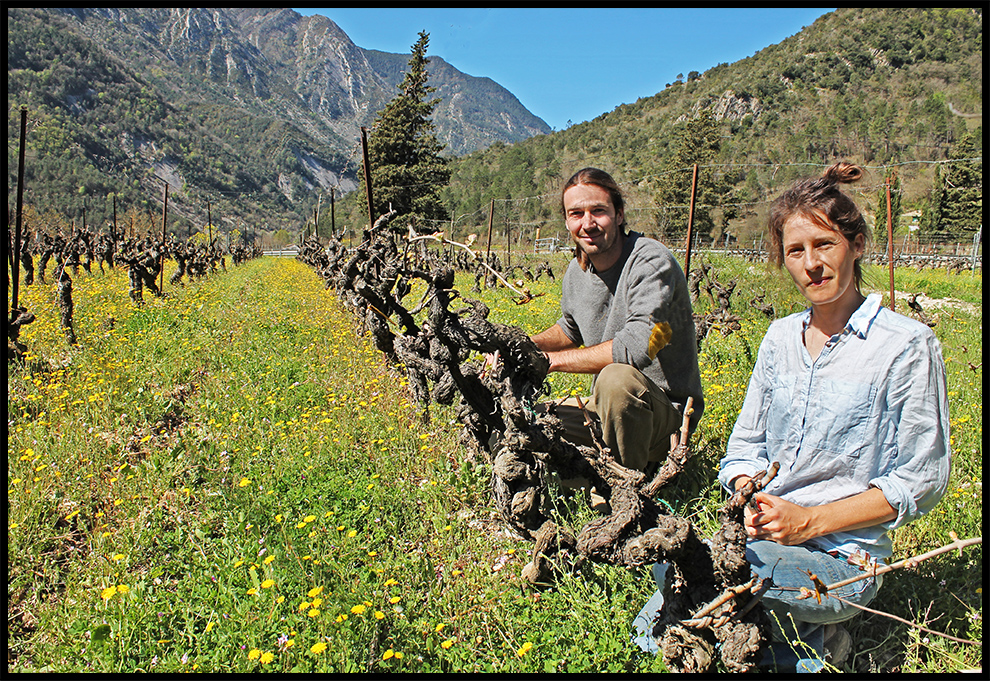Typicity
From the Archives (March 1992 Newsletter)
by Kermit Lynch


If the word typicity does not exist, it should. Imagine, you want a baguette with dinner so you buy one, carry it home, and when you tear into it you find it full of cinnamon and dried apricots. Tasty or not, you are stuck with a baguette that lacks typicity. When I want a Châteauneuf-du-Pape, that means something; when I uncork it, I want it to taste like Châteauneuf-du-Pape, to express Châteauneuf-du-Papeness. Or Châteauneuf-du-Papicity?
The wine world’s grandest achievement (which will never be matched by the upcoming “United Nations of Oaky Cabernets and Chardonnays”) remains France’s system of appellation contrôlée, which was constructed to define and preserve the work of centuries of trial and error that resulted in the right grape varieties and vinification for each region’s soil and climate. In my cellar you will not find any Pinot Noir from Bandol or Cabernet from Tuscany.
Châteauneuf-du-Pape boasts a very special terroir. You have now seen photos of those amazing stones, called galets, those rounded, colorful stones that you can smell and taste in a Vieux Télégraphe. There is also that blessed climate. The summer air is warm, fecund, and intoxicating, and there is the mistral, Provence’s supernatural grape dryer, which prevents mildew and rot.
Traditional vinification also contributes to the typicity of Vieux Télégraphe. No Châteauneuf-du-Pape tastes as much like Châteauneuf-du-Pape as Vieux Télégraphe, and that is its reputation in Châteauneuf-du-Pape! You can make a good wine by departing from traditional vinification, by carbonic maceration, by heating this or cooling that, by buying Bordeaux barrels or whatever your little heart desires, but your Châteauneuf-du-Pape will lack typicity.
To read about the 2019 Vieux Télégraphe and Kermit’s notes on the 1989 vintage, read Dixon Brooke’s piece here.

















